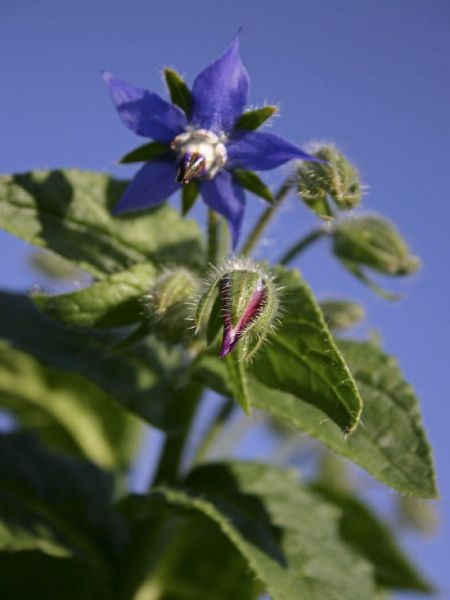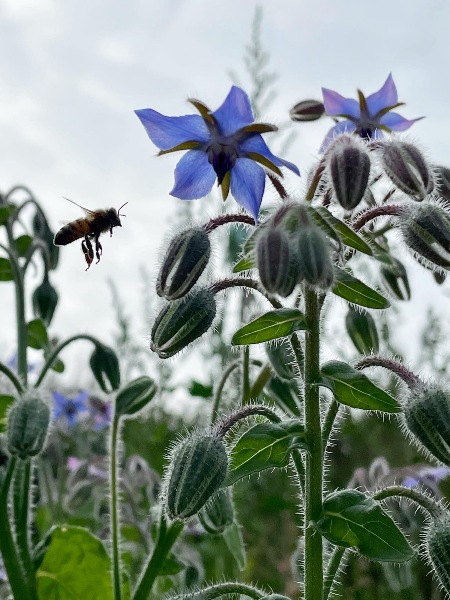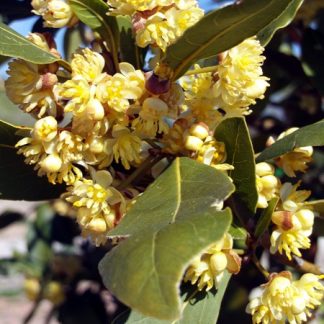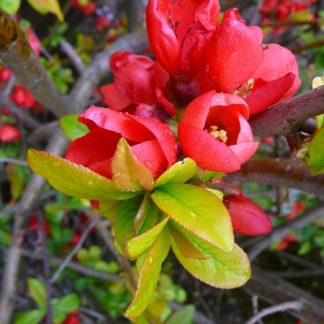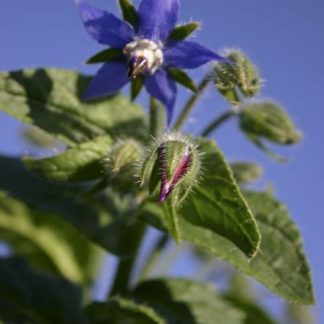Description
Boraginaceae (family name)
Forage for Pollinators: Produces Pollen and Nectar prolifically for Short and Long-tongued Bumblebees and Honeybees mainly feed on its nectar; Many Bumblebee species visit for nectar and pollen especially the common carder bee (Bombus pascuorum), the early bumblebee (Bombus pratorum), the buff-tailed bumblebee (Bombus terrestris) and the white-tailed bumblebee (Bombus lucorum); the latter two buzz pollinate the anthers which produces a cloud of white pollen which they groom to collect efficiently. Solitary bees also visit.
Flowering time: June, July, August, September, October.
Growing information: ANNUAL growing to 0.6 m (2ft) by 0.3 m (1ft). Hardy to minus 17ºC, it will suit any well-drained soil including heavy, especially if there is a layer of gravel on the surface, though sandy soil is its preferred soil. A major source of nectar and pollen, it yields 200 pounds of honey per acre, and 60-160 pounds of pollen. A top bee plant. A culinary and medicinal herbal medicine (advocates recommend Starflower oil for autoimmune disorders, arthritis, eczema and pre-menstrual stress). Invaluable as organic plant feed and used in companion planting to protect or nurse legumes, spinach, brassicas, strawberries and tomatoes. Borage is a spring sown annual oilseed crop requiring approximately 100 days from drilling to harvest. In a garden it can self-seed even in poor soil, so may need to be ‘managed’. Pollinated by Honeybees and Bumblebees. Noted for attracting wildlife. Sow when the soil warms up in April/May, in a clean seed-bed, just covering the seed. 5-8g yields 100 plants. Direct sowing rate: 2-6 Kg/acre (4g/m2).

